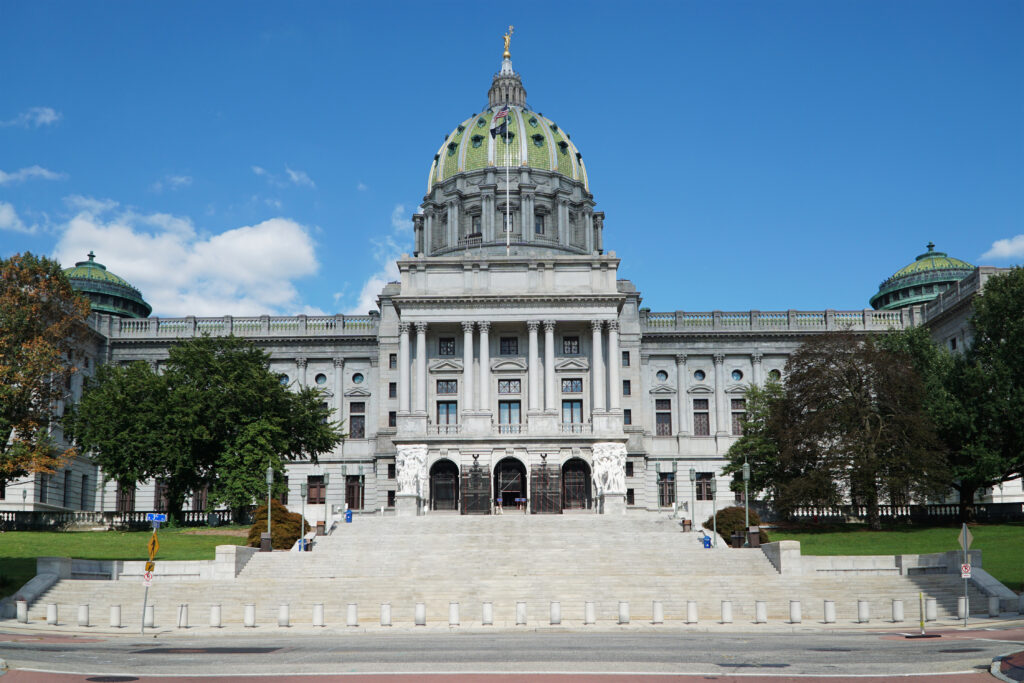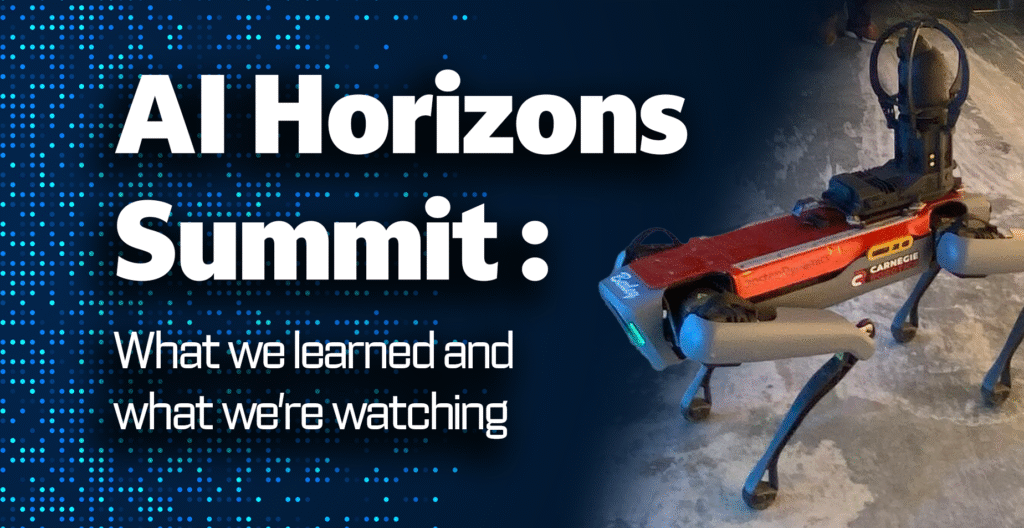
Several big changes are in store for the Pennsylvania General Assembly in 2019.
With the new session opening, the House and Senate welcomed 50 new lawmakers — the largest incoming class of freshmen in a generation.
That’s because the Nov. 6 General Election ushered in some dramatic changes.
Democrat Gov. Tom Wolf won re-election. Republicans won enough seats to hold their legislative majorities, although with slimmer margins — 29-21 in the Senate and 110-93 in the House. Democrats picked up 11 seats in the House and five seats in the Senate.
All of these new members were sworn in Jan. 1.
Although Pennsylvania’s state government will remain split in the coming two-year session, the smaller GOP majorities make for a much more conservative legislature. The seats Republicans lost belonged to moderate members.
At the same time, the executive office may now actually lean even farther to the left.
Joining Gov. Wolf is new Lt. Gov. John Fetterman, a western Pennsylvania small-town mayor who lost a U.S. Senate bid in 2016 and who is widely recognized as a leader of the progressive movement. He beat incumbent Lt. Gov. Mike Stack in the May primary.
Both Wolf and Fetterman will be inaugurated Jan. 15.
The 2017-18 legislative session wrapped up shortly after the November election. The new 2019-20 legislative session began Jan. 1, as the state constitution mandates the House and Senate convene on the first Tuesday of the year.
Any bills that were not signed into law over the last two years need to be re-introduced and begin the legislative process anew — from introduction, to committee assignment and review, to potential floor votes by both chambers.
Thousands of bills are introduced each session, but only a small percentage gets enacted, and even then, only with strong advocacy.
Little of that legislative activity occurs soon after swearing-in day — the two chambers don’t reconvene for votes until the very end of the month.
Still, January remains a busy time. That’s when committee chairs are selected and committee assignments are doled out to individual members. These posts are critical first stops for advancing (or blocking) legislation on any number of issues.
So what happens in this new two-year legislative session under these new dynamics? What is the impact now that the General Assembly leans even more to the right than last session and the executive branch leans even more to the left than it did four years ago? That’s anyone’s guess.
The governor has yet to unveil his full agenda for his second term. Lawmakers are still charting their own course as well, with some of it dependent on what the governor wants to do.
The first glimpse of what’s to come will take place Feb. 5, when the governor presents his proposed 2019-20 fiscal year General Fund budget before a joint session of the General Assembly.
As part of its annual economic and budget outlook, the Independent Fiscal Office indicated the state could face a potential $1.7 billion gap between available revenues and anticipated spending in the coming budget year. The gap, according to the IFO, is due to reliance on more than $1 billion in one-time revenue sources and increases in state costs for health and human service programs.
When it comes to the budget in Pennsylvania, the more things change, the more they stay the same.




